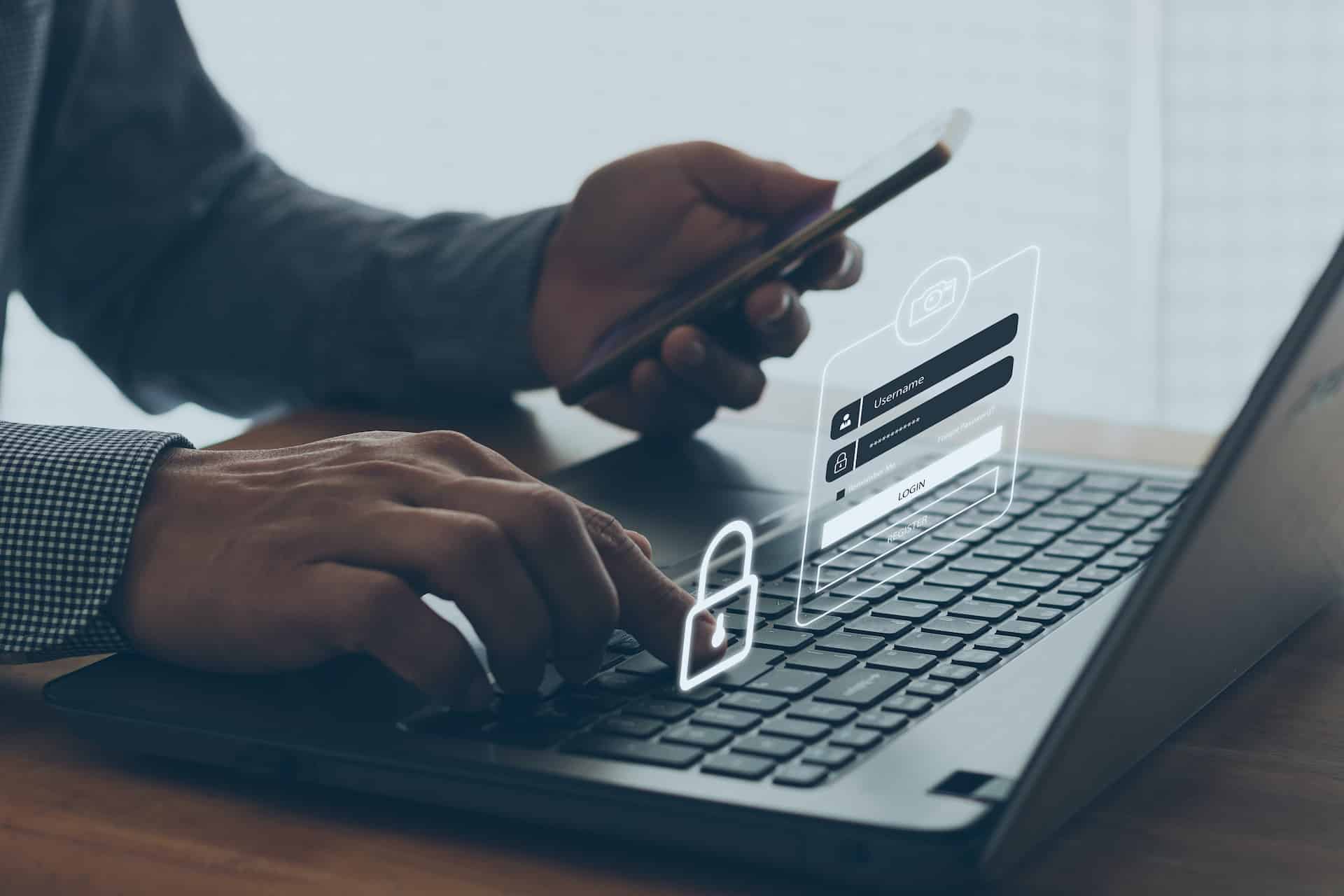
Multi-factor authentication, or MFA, is an effective practice in preventing cyberthreats. Unfortunately, and not surprisingly at all, hackers have found a way around MFA. Continue reading to learn how hackers found defects in multi-factor authentication and how to keep you and your company protected.
Why is Multi-Factor Authentication so effective?
The most common method hackers use to gain access to accounts is through phishing scams where they convince users to voluntarily provide login information like passwords and usernames. Although not as common, hackers guess frequently used weak passwords and might be successful. Either way, the secondary credential required by MFA means there is another level of security which helps prevent hackers from accessing accounts and personal information.
How are hackers getting around Multi-Factor Authentication?
Microsoft informed users of the recent attacks that have shown it is possible for hackers to find alternate ways around multi-factor authentication protocols. Hackers do not necessarily break through MFA but they are able to bypass inputting credentials required by MFA.
The most common way of bypassing MFA is through the use of “adversary-in-the-middle” attacks. In this attack, hackers use a phishing scam in tandem with a proxy server between the victim and the service he or she is logging into. Hackers are then able to steal the user’s password and the session cookie. The user is able to gain access to his or her account and has no idea that he or she was just hacked. In reality, the hacker just received access to the user’s account.
Other methods that are used to work around Multi-Factor Authentication
There are other means that hackers use to bypass multi-factor authentication but it may take time and effort. If a particular system uses SMS messages or email codes and the hacker was able to obtain the user’s login credentials, then the hacker can gain access to the account without having to answer the secondary credential.
Hackers can also bypass MFA by using trojans to spy on users or to take control of certain devices used to authenticate a system. If the account’s login portal depends on something the user knows, such as a code, hackers can attempt to get in.
What is the best approach?
The best defense against hackers and other attacks is to educate people on how hackers work and the most appropriate and effective security solutions to incorporate. It is recommended to implement multi-factor authentication. It is also crucial to teach employees the importance of MFA and other security solutions.
AE Technology Group can help you and your organization implement the best security solutions on the market. We can also provide extensive training and testing for your team to be prepared to handle any and all phishing attacks. To learn more about how we can help your business, contact us today at (516) 536-5006.










No comment yet, add your voice below!